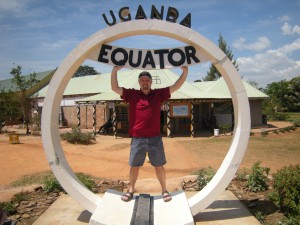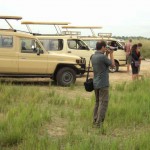
Location
Masaka district is located about 37kms away from the Equator towards the south and lies between 0o- 25o South and 34o East, having an average altitude of 115m above sea level. The district is bordered by Sembabule in the North West, Mpigi district in the North, Rakai district in the west and south and Kalangala District in the East. The District Headquarters is 120 km from Kampala
Education
Masaka has 304 primary schools, 12 secondary schools, 2 technical institutions, and 3 Teacher training Colleges.
Culture and ethnic composition
The district has a rich cultural heritage. It has also a diversity of ethnicity. The majority of the people are Baganda followed by the Banyankole, Banyarwanda and Banyoro. But most of the tribes practice Buganda culture. It is predominantly inhabited by the Baganda people with a few other tribes. The main language spoken is Luganda.
Political and Administrative Structures
The District council is the highest political authority in the District. It has 43 members headed by a District local council leader. The technical team at the district is under the following directories.
- Education & Sports
- Health & Environment
- Works & Technical services
- Production & Marketing
- Finance & Planning
- Management support services
- Gender & Community services.
The technical team is headed by the chief Administrative Officer and each directorate has a secretary to which it reports. These secretaries from the district executive team.
Masaka District is one of the oldest districts of Uganda. Formerly, it consisted of Rakai, Kalangala and Sembabule, making it once the leading district in Uganda. Today Masaka has been reduced in size after Kooki, Ssesse islands and Sembabule sub-districts were elevated to the District status.
Economic activities
The major economic activity in Masaka District is agriculture with food crops
(bananas, pineapples, and tomatoes), cash crops (c offee and cotton), cattle
Ranching, and fishing on Lake Victoria. The staple food is millet and Matooke.
Industries in the include; coffee processing, soft drinks factories, metal works, and cotton ginning.
Health
Masaka district was one of the first districts in Uganda to be hit by the AIDS plague and as a result many NGOs, both local and international, gathered at the area since the late 1980’s. Particularly, World Vision International and Save the Children (the Norwegian Redd Barnna) have been intensely involved in the construction of schools and paying school dues for children.
Population
Masaka district has a population of 831,300 people with 420,000 females and 411,300 males. The population of is basically rural, with 754,000 rural dwellers and 77,300 urban dwellers.

 Posted in
Posted in 

